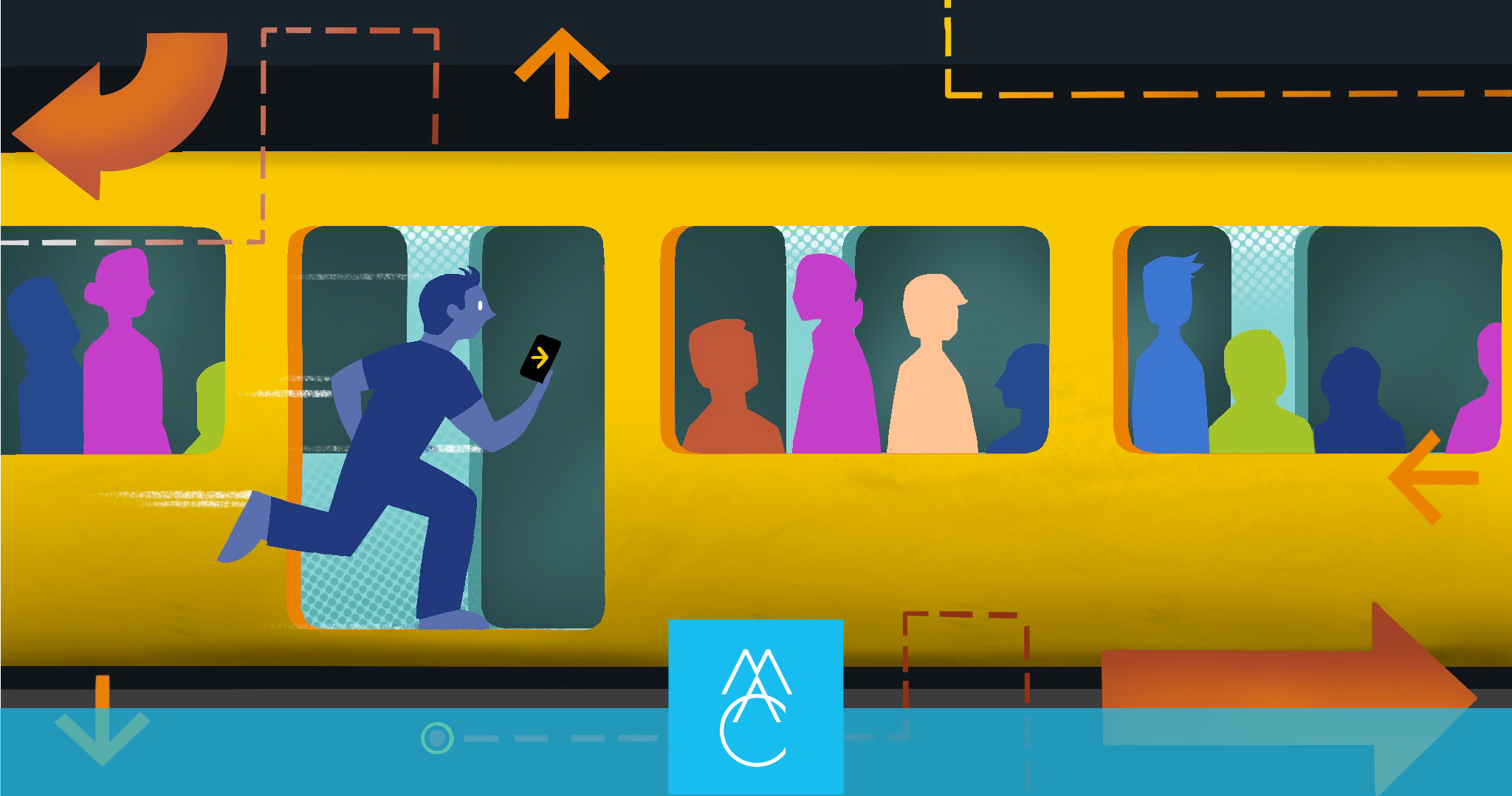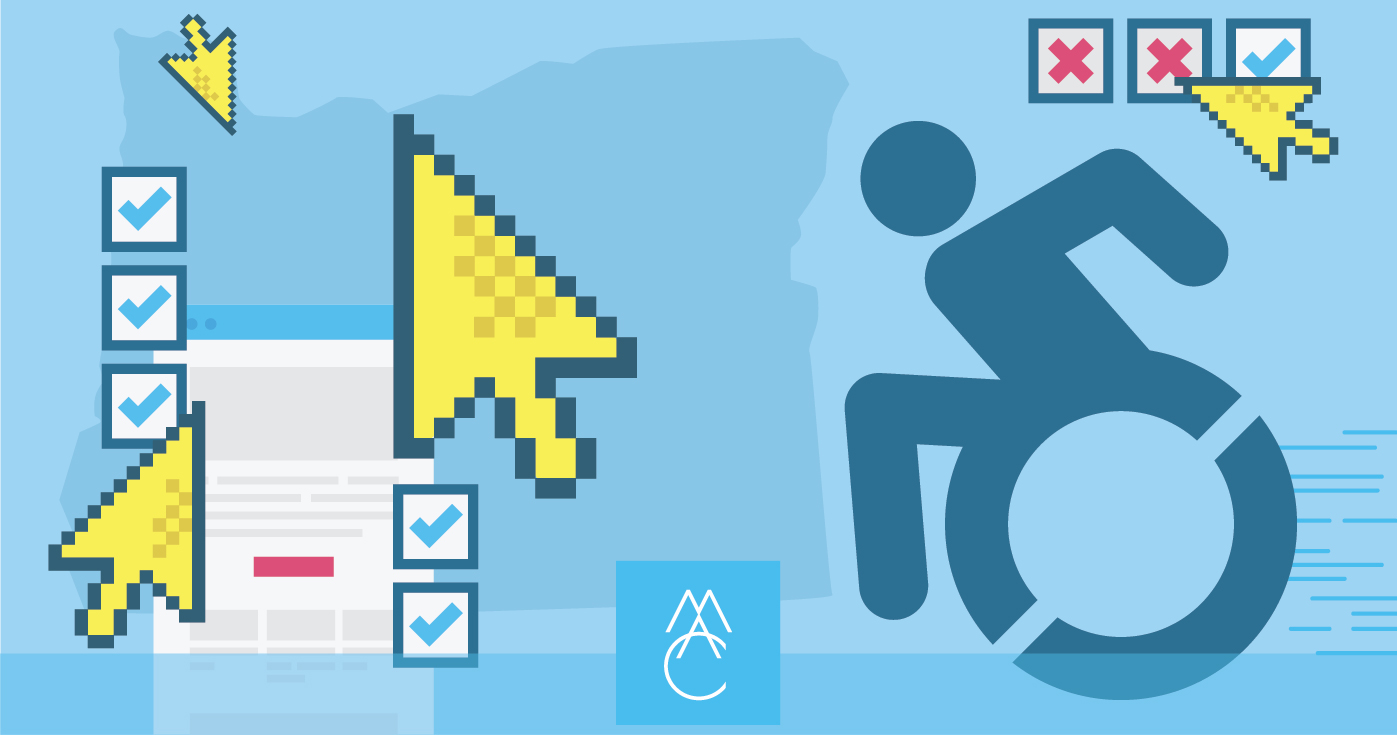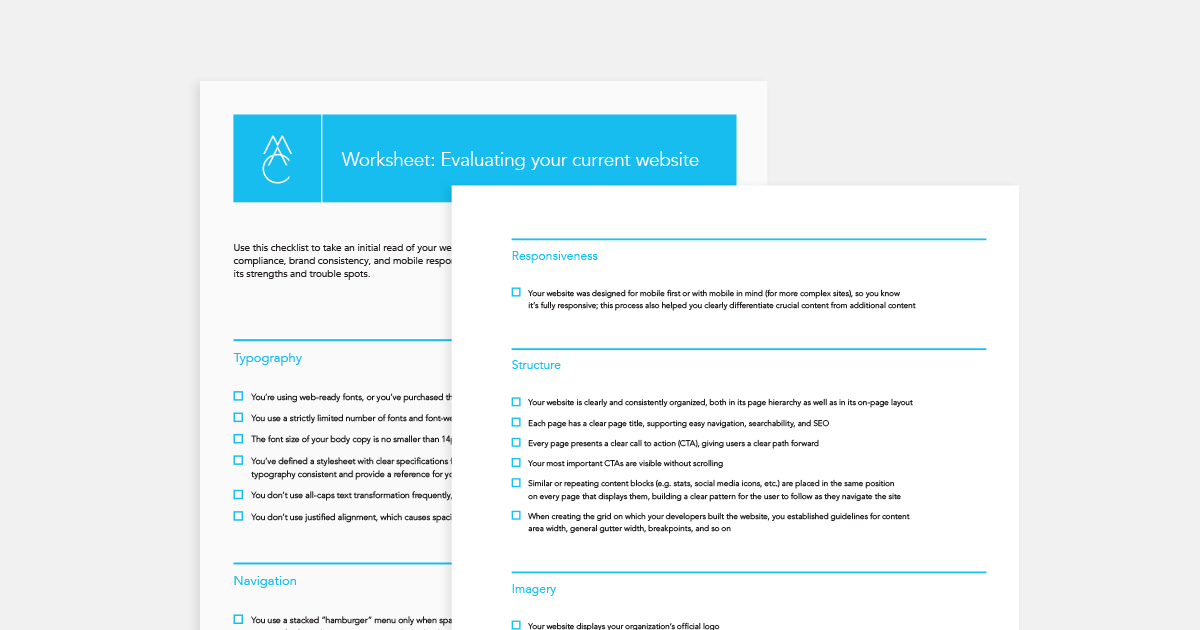
How to Win Over Riders with a Better Digital Transit Experience
Public transportation keeps our cities moving, connecting people to their jobs, schools, and favorite hangout spots. As urban areas expand and tech keeps advancing, transit agencies are turning to digital tools to step up their game. But what’s actually important to passengers when it comes to transit apps and websites? Here’s the lowdown on what riders care about most in their digital transit experience.
Real-time Updates
Ask any regular commuter, and they’ll tell you that accurate, up-to-the-minute information is a must-have. People want to know exactly when their bus or train is going to show up, and they need that info to be spot-on. Transit apps that show live vehicle locations, estimated arrival times, and potential hiccups are super helpful. This real-time data helps riders plan better, cut down on waiting around, and feel more in control of their day.
Some forward-thinking transit agencies are taking it up a notch by adding crowdsourced info. Riders can report things like packed buses or service issues, giving everyone a more complete picture of what’s happening on the ground.
Smart Trip Planning
Static schedules and route maps? That’s old news. These days, passengers expect trip planning tools that can handle even the trickiest routes. They want apps that can smoothly combine different ways of getting around — buses, trains, bikes, and even rideshares.
The best transit apps out there offer personalized suggestions based on what you like. Maybe you hate transfers, or you need accessible routes. A good app takes all that into account. Plus, they factor in real-time conditions, so if there’s a delay, you’ll get alternative route options.
Easy Ticketing and Payment
When it comes to paying for rides, convenience is king. Riders love being able to buy and store tickets on their phones. It’s a win-win — passengers save time, and transit agencies cut operational costs.
Some systems are getting even fancier with contactless payment options. Just tap your phone or credit card to hop on board. A few agencies are even trying out account-based ticketing, where your fare is automatically calculated and charged based on how much you use the system, kind of like how you pay for electricity or water.
Heads Up on Service Changes
Nobody likes surprises when it comes to their commute. Transit apps should give timely alerts about service changes, delays, or any other issues. Ideally, these notifications should be tailored to your usual routes and travel times.
Some agencies are getting really smart about this, using data to predict and warn about potential problems before they even happen. This kind of heads-up can make a big difference, letting you adjust your plans before you’re stuck on a platform somewhere.
Making It Work for Everyone
Digital transit tools need to work for all riders, including those with disabilities. This means including features like screen reader compatibility, high-contrast options, and easy-to-read text. Some apps are going the extra mile with turn-by-turn navigation help for visually impaired users and real-time updates on elevator and escalator status for folks with mobility challenges.
All-in-One Transit Solutions
As cities come up with new ways to get around, riders expect their transit apps to keep up. Integration with bike-sharing, scooter-sharing, and car-sharing services is becoming a big deal. People want to plan, book, and pay for their whole trip in one app, no matter how many different ways they’re getting from A to B.
This goes beyond just public transit. Some cities are teaming up with private transportation providers to create more flexible options. A few are even testing out Mobility as a Service (MaaS) platforms, where you pay a subscription for access to various ways of getting around.
Listening to Riders
People want to know their voice matters. Digital platforms should make it easy for users to report problems, suggest improvements, and rate their experience. This two-way chat helps agencies spot and fix issues quickly, and it makes riders feel more connected to their transit system.
Smart data analysis can help transit agencies make sense of all this feedback, figuring out which improvements will make the biggest difference to riders.
Keeping Data Safe
As transit apps collect more info to personalize services, riders are getting more concerned about privacy and security. Transit agencies need to be upfront about how they’re using data and put strong security measures in place to protect user information.
Some agencies are looking into using blockchain technology to beef up data security while still getting the benefits of data sharing and analysis.
Wrapping It Up
These days, the digital experience is a big part of using public transportation. By focusing on these key areas — real-time updates, smart trip planning, easy payment, timely communication, accessibility, all-in-one solutions, user feedback, and data security — transit agencies can make riders a whole lot happier.
As tech keeps evolving, so will what riders expect. The transit agencies that come out on top will be the ones that keep innovating, always putting their passengers’ needs first when it comes to their digital strategy. By using tech to create more efficient, convenient, and user-friendly systems, public transportation can become an even more attractive option for getting around the community. Check out the work we recently completed for Ride Clackamas to see a live example.
This article is also published on Medium.
More Resources
-

Article
Branding for nonprofits: How to get internal buy-in and build a stronger brandNonprofits exist to make an impact. And branding can help you deepen the impact you make: clarifying your goals, translating...
-

Article
Checklist of Federal and State Requirements for Developing an Accessible Website in OregonUnderstanding accessibility Designing a website that’s “accessible” means you’re providing an equivalent experience for all users, regardless of the physical...
-

Worksheet
Evaluating your current websiteUse this checklist to evaluate your website’s user experience, ADA compliance, brand consistency, and mobile responsiveness, and to start identifying...



